Daniel Stashuk
A Weakly Supervised Learning Approach based on Spectral Graph-Theoretic Grouping
Aug 03, 2015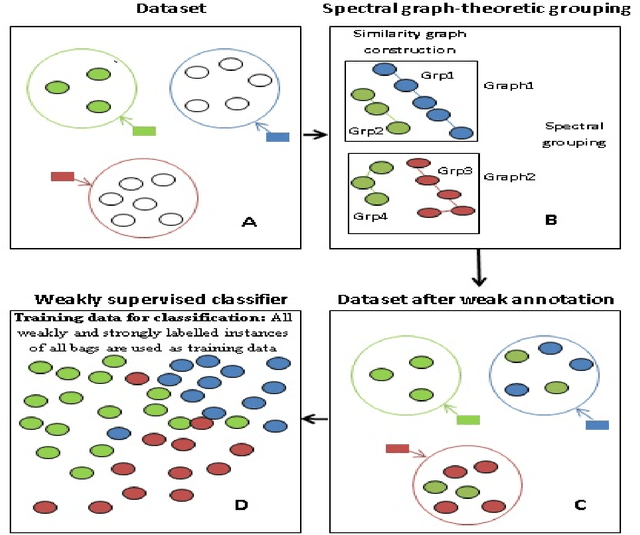
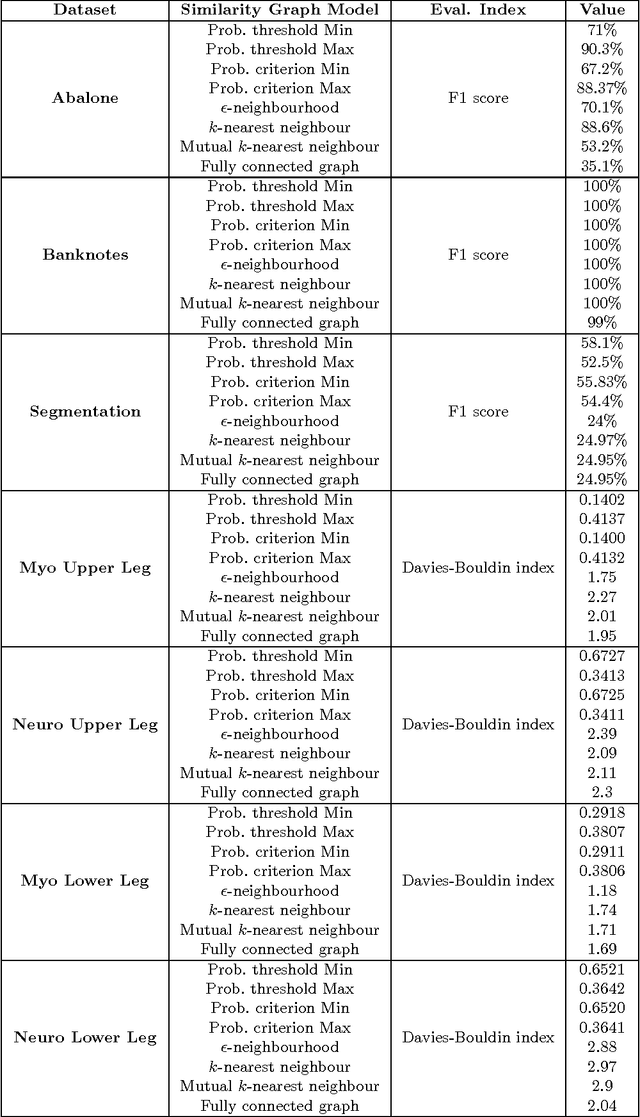
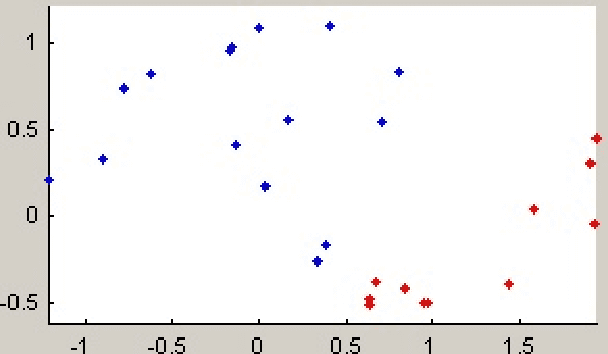

Abstract:In this study, a spectral graph-theoretic grouping strategy for weakly supervised classification is introduced, where a limited number of labelled samples and a larger set of unlabelled samples are used to construct a larger annotated training set composed of strongly labelled and weakly labelled samples. The inherent relationship between the set of strongly labelled samples and the set of unlabelled samples is established via spectral grouping, with the unlabelled samples subsequently weakly annotated based on the strongly labelled samples within the associated spectral groups. A number of similarity graph models for spectral grouping, including two new similarity graph models introduced in this study, are explored to investigate their performance in the context of weakly supervised classification in handling different types of data. Experimental results using benchmark datasets as well as real EMG datasets demonstrate that the proposed approach to weakly supervised classification can provide noticeable improvements in classification performance, and that the proposed similarity graph models can lead to ultimate learning results that are either better than or on a par with existing similarity graph models in the context of spectral grouping for weakly supervised classification.
Affine and Regional Dynamic Time Warpng
May 25, 2015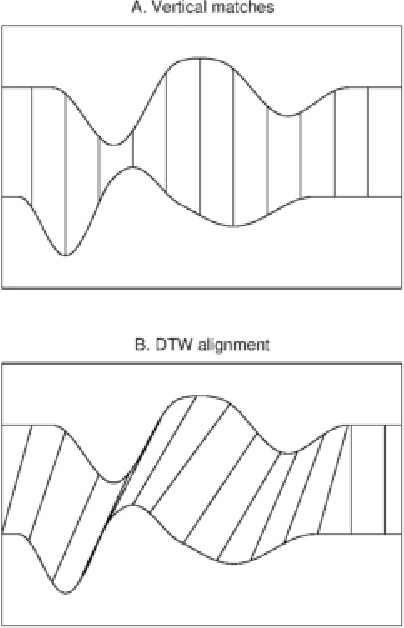
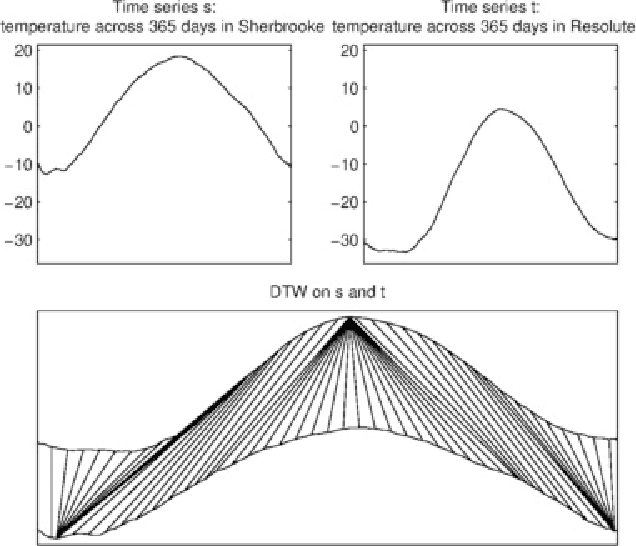
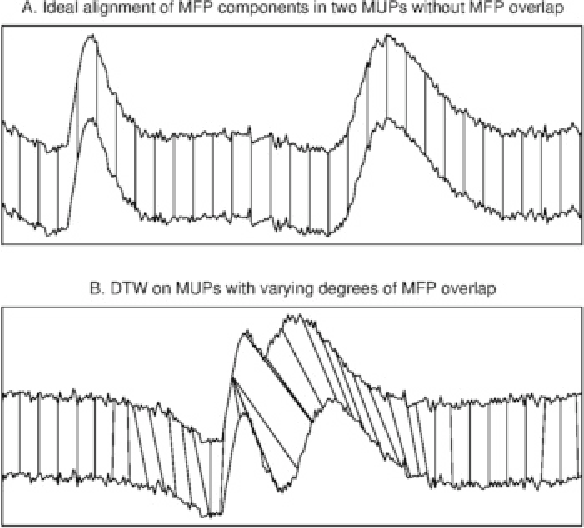
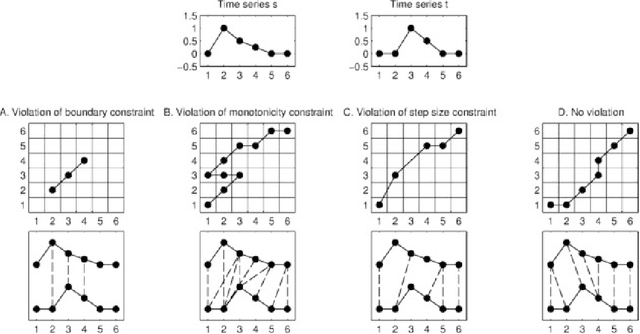
Abstract:Pointwise matches between two time series are of great importance in time series analysis, and dynamic time warping (DTW) is known to provide generally reasonable matches. There are situations where time series alignment should be invariant to scaling and offset in amplitude or where local regions of the considered time series should be strongly reflected in pointwise matches. Two different variants of DTW, affine DTW (ADTW) and regional DTW (RDTW), are proposed to handle scaling and offset in amplitude and provide regional emphasis respectively. Furthermore, ADTW and RDTW can be combined in two different ways to generate alignments that incorporate advantages from both methods, where the affine model can be applied either globally to the entire time series or locally to each region. The proposed alignment methods outperform DTW on specific simulated datasets, and one-nearest-neighbor classifiers using their associated difference measures are competitive with the difference measures associated with state-of-the-art alignment methods on real datasets.
Generative Multiple-Instance Learning Models For Quantitative Electromyography
Sep 26, 2013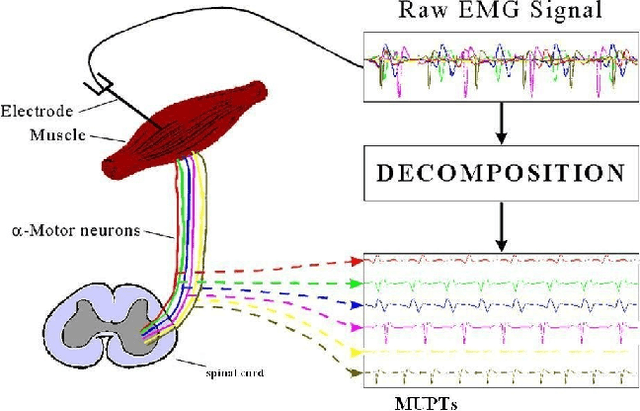

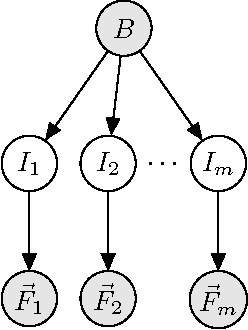

Abstract:We present a comprehensive study of the use of generative modeling approaches for Multiple-Instance Learning (MIL) problems. In MIL a learner receives training instances grouped together into bags with labels for the bags only (which might not be correct for the comprised instances). Our work was motivated by the task of facilitating the diagnosis of neuromuscular disorders using sets of motor unit potential trains (MUPTs) detected within a muscle which can be cast as a MIL problem. Our approach leads to a state-of-the-art solution to the problem of muscle classification. By introducing and analyzing generative models for MIL in a general framework and examining a variety of model structures and components, our work also serves as a methodological guide to modelling MIL tasks. We evaluate our proposed methods both on MUPT datasets and on the MUSK1 dataset, one of the most widely used benchmarks for MIL.
 Add to Chrome
Add to Chrome Add to Firefox
Add to Firefox Add to Edge
Add to Edge